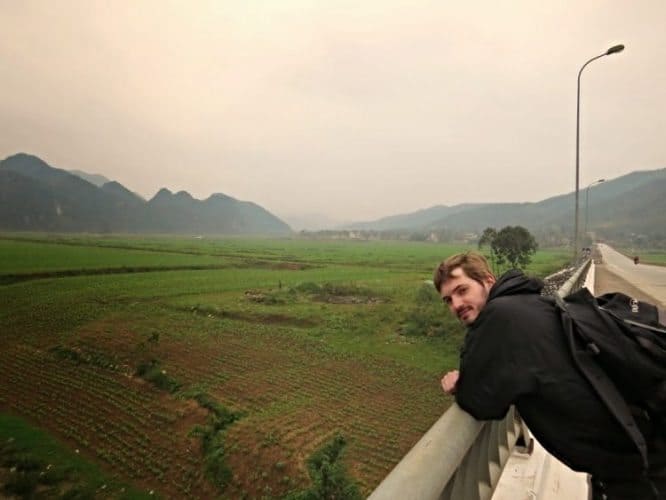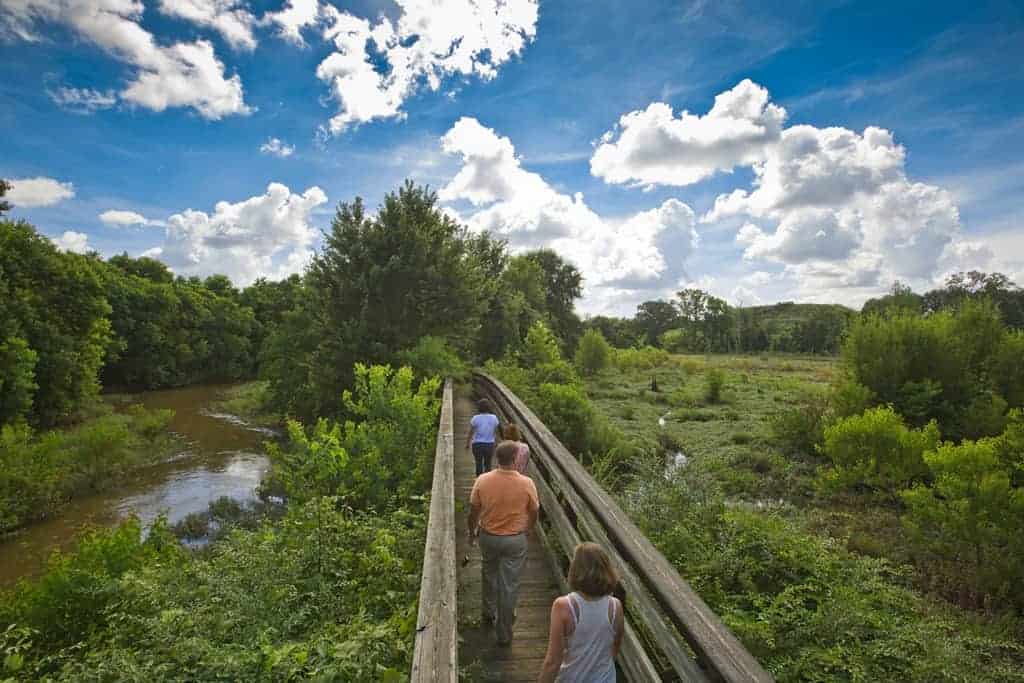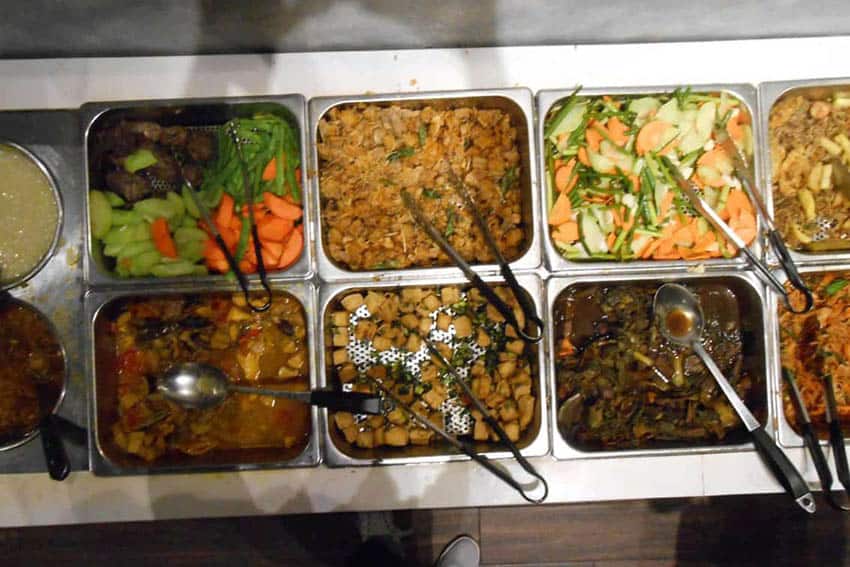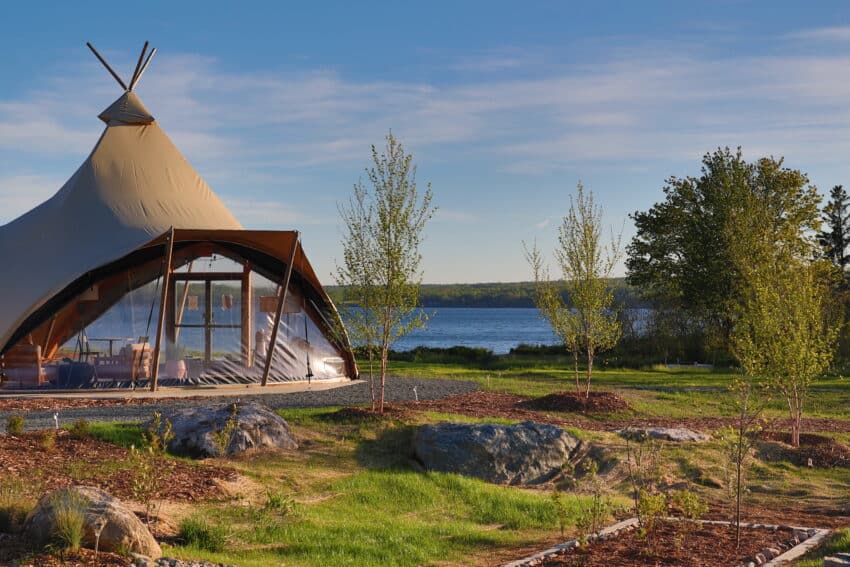
Underneath Vietnam: Discovering an underground world
By Jamie Leigh
In 2009, British and Vietnamese explorers discovered Sơn Đoòng Cave – the largest cave in the world.
An entrance to the cave system, whose name means “Mountain River Cave” in Vietnamese, was initially found in 1991 by local farmer Hồ-Khanh. Lost in the dense jungle near the Laos-Vietnam border, a strong wind and the sound of running water led Hồ-Khanh to the mouth of Sơn Đoòng.
When he returned 18 years later with a team of scientists from the British Cave Research Association, legend became fact.
Part of the Phong Nha-Kẻ Bàng grotto system in Phong Nha-Kẻ Bàng National Park, Sơn Đoòng proved an astonishing natural formation: its largest chamber measures more than 200 meters high, 150 meters wide, and five kilometers long.
The limestone cave is nearly twice the size of the previous record-holder- – Deer Cave in Malaysia –- and five times larger than Phong Nha Cave, considered up until that point to be the biggest in Vietnam.
An entire Manhattan city block, skyscrapers included, could stand within its walls.
Sơn Đoòng Cave’s record-breaking status and spectacular beauty have attracted attention from the BBC, National Geographic, and, increasingly, tourists.
While only 220 visitors are permitted to enter Sơn Đoòng each year in an effort to preserve the cave’s physical and aesthetic integrity, the remote and rural Phong Nha Village became an international travel destination overnight.
Globetrotters and spelunkers who are unable or unwilling to commit to the six-day trek through Sơn Đoòng’s cavernous interior find the region’s other offerings just as alluring.
Beyond Sơn Đoòng
Phong Nha-Kẻ Bàng National Park, designated a UNESCO World Heritage Site in 2003, spreads out over 2,000 square kilometers in central Vietnam.
Noted for its unspoiled jungle terrain and its sprawling cave and grotto systems (over 300 at last count), the Park is home to hundreds of plant and animal species, dozens of as-yet unexplored mountain peaks, and a number of archeological and historical sites -– including the Hồ Chí Minh trail.
The remarkable landscape is characterized by karst formations, unique (and stunning) limestone structures that can be traced back 400 million years to the Paleozoic era.
The boat ride into Phong Nha Cave – the Park’s main event – shifts quickly from tranquil to awe-inspiring.
While it has been surveyed at 44.5 km in length, visitor access to the cave only extends 1,500 meters. Hundreds of stalagmites, stalactites, and other rock formations within have been given names like “Buddha,” “Lion,” and the “Fairy Caves.”
Local tours, such as the Phong Nha Farmstay National Park tour, combine history and culture with nature and adventure. (In fact, for any trekking in the region, a licensed tour guide is mandatory–unexploded ordnance is littered throughout the Park.)
Take advantage of the opportunity to explore colorful Paradise Cave (Thiên Đường) and go for a swim in Dark Cave (Hang Tối) lit only by your own headlamp. Oxalis Adventure Tours offers guided trekking and caving experiences in TuLan, a cave system 70 km from Phong Nha Village, with tour options ranging from one to four days and varying in difficulty.
Caving is a weather-dependent activity, so it’s best to book ahead, avoid winter months (October to December), and, for longer spelunking adventures, at least, keep a flexible itinerary.
Access to Phong Nha Village and the surrounding region is easiest from Đồng Hới, the capital of Quảng Bình Province. Transfer can be arranged from the airport or train station through a local (Phong Nha) hotel or hostel. The journey takes approximately one hour.
On the Edge of the Beaten Path

Phong Nha Village remains largely undeveloped, at least from a tourist perspective.
There are few restaurant, shopping, or transportation options, and only a handful of prospects for accommodation. Hồ-Khanh himself has opened up his small riverside farm to visitors as a homestay option.
Phong Nha Village residents are friendly and welcoming; tourists bicycling through the streets are met with enthusiastic greetings from local children, polite smiles, and the occasional high-five.
For the moment, Phong Nha Village, like most of Quảng Bình Province, remains a quiet and largely non-commercial destination.
With so much to offer every kind of traveler – from unhurried families to unflinching thrill-seekers – it’s unlikely to stay that way for long. In this fast-developing nation, the final frontier may be under the ground.
Contact Information:
Phong Nha Farmstay
1 Km East of Ho Chi Minh Highway
Khoung Ha, Quảng Bình, Vietnam
+84 94 475 98 64
http://phong-nha-cave.com/
Oxalis Adventure Tours
Phong Nha Commune, Son Trach Village
Bo Trach District, Quang Binh Province, Vietnam
+84 52 367767
http://www.oxalis.com.vn/
Hồ-Khanh Homestay
Son River Bank, Phong Nha Village
QuangBinh Province, Vietnam
+84 916794506
http://phong-nha-homestay.com/
How to ge to Phong Nha – Ke Bang National Park, Vietnam
 Jamie Leigh is an obsessive traveler, an avid reader, and a freelance writer based in New York City. Her other hobbies include blogging, Netflix, and cheese.
Jamie Leigh is an obsessive traveler, an avid reader, and a freelance writer based in New York City. Her other hobbies include blogging, Netflix, and cheese.
- Mongolia, the Land of Eternal Blue Sky - April 20, 2024
- These 9 U.S. National Parks Require Reservations in 2024 - April 17, 2024
- Take a Hike in Olympic National Park - April 17, 2024




